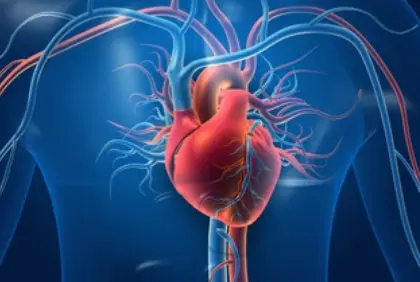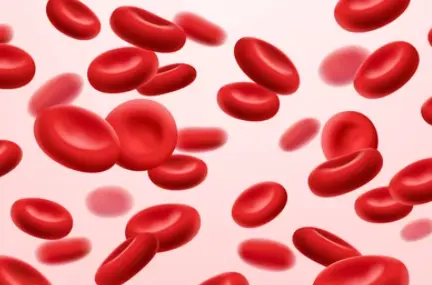 Welcome
Welcome
“May all be happy, may all be healed, may all be at peace and may no one ever suffer."
Herpes zoster ophthalmicus - Generics
Herpes zoster ophthalmicus (HZO) is a viral infection caused by the reactivation of the varicella-zoster virus, the same virus that causes chickenpox. HZO affects the ophthalmic division of the trigeminal nerve, which supplies sensation to the eyes, forehead, and nose.
Symptoms of HZO can include severe pain and a rash on one side of the face, especially around the eye. The rash may be accompanied by redness, swelling, and fluid-filled blisters. Other symptoms can include headache, fever, and sensitivity to light.
HZO can lead to serious complications, including vision loss and scarring of the cornea. Prompt treatment is important to reduce the risk of complications.
Treatment for HZO typically involves antiviral medications to help speed up the healing process and reduce the severity of symptoms. Over-the-counter pain relievers can help to relieve pain and discomfort. In severe cases, corticosteroids may be prescribed to reduce inflammation.
It's important for individuals with HZO to avoid touching or rubbing the affected area and to keep the rash clean and dry. Good hygiene practices, such as frequent hand washing and avoiding close contact with others, can help to prevent the spread of the virus to others. Vaccination against chickenpox can also reduce the risk of developing HZO later in life.

Spasm

Tachycardia

Diabetic macular edema

Colostomies

Zollinger-Ellison syndrom...

Hepatic cirrhosis with as...

Anaemia of chronic renal...

Hookworm infections
Herpes zoster ophthalmicus, হার্পিস জোস্টার চক্ষু
To be happy, beautiful, healthy, wealthy, hale and long-lived stay with DM3S.